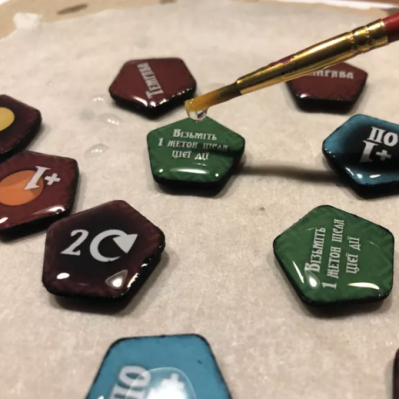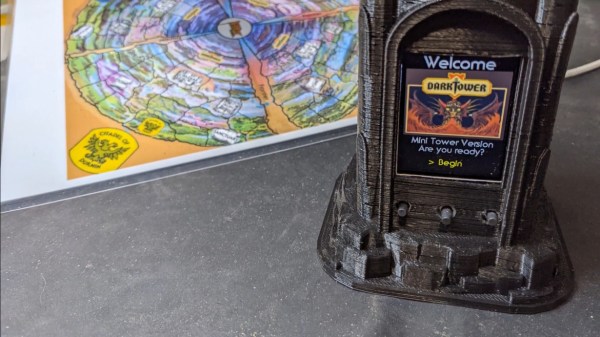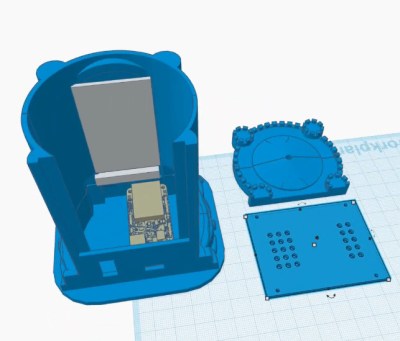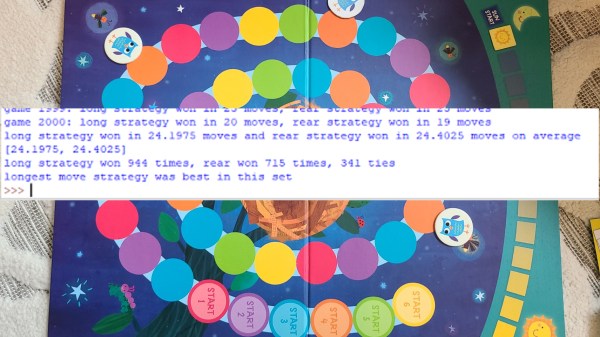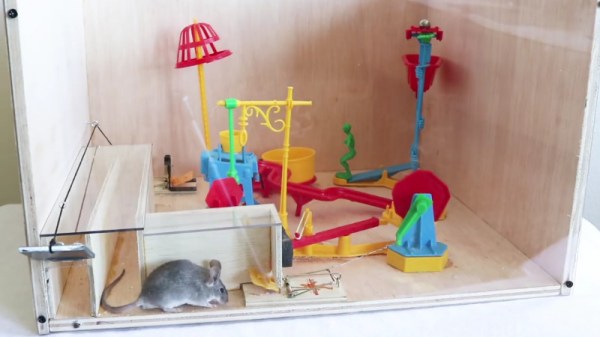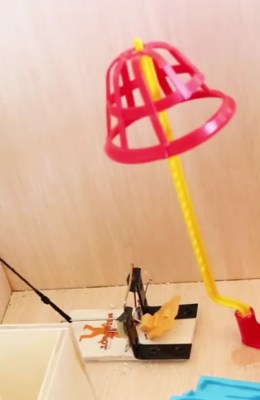[Sean Boyce] has been busy building board games. Specifically, an electronic strategy boardgame that is miraculously also compatible with Settlers of Catan.
[Sean’s] game is called Calculus. It’s about mining asteroids and bartering. You’re playing as a corporation attempting to mine the asteroid against up to three others doing the same. Do a good job of exploiting the space-based resource, and you’ll win the game.
Calculus is played on a board made out of PCBs. A Xiao RP2040 microcontroller board on the small PCB in the center of the playfield is responsible for running the show. It controls a whole ton of seven-segment displays and RGB LEDs across multiple PCBs that make up the gameboard. The lights and displays help players track the game state as they vie for asteroid mining supremacy. Amusingly, by virtue of its geometry and some smart design choices, you can also use [Sean]’s board to play Settlers of Catan. He’s even designed a smaller, cheaper travel version, too.
We do see some interesting board games around these parts, because hackers and makers are just that creative. If you’ve got your own board game hacks or builds in the works, don’t hesitate to let us know!




